Palm Beach


Whitehall (Also known as Flagler Museum) is a 75-room, 100,000 square foot Gilded Agemansion open to the public in Palm Beach, Florida in the United States. Completed in 1902, it is a major example of neoclassical Beaux Arts architecture designed by Carrère and Hastings for Henry Flagler, a leading captain of industry in the late 19th century, and a leading developer of Florida as a tourist destination. The building is listed a National Historic Landmark. It now houses the Henry Morrison Flagler Museum, named after its builder.
Henry Flagler, one of the founders of Standard Oil, built Whitehall for his third wife, Mary Lily Kenan.The site of the home was purchased for $50,000 in 1893 (as of 2010 that would be $1,197,562.39) by Flagler. The site was later surveyed for construction in July 1900 and the home was completed in time for Flagler and his wife to move in on February 6, 1902. The architects were John Carrère and Thomas Hastings, who had earlier designed the Ponce de Leon Hotel and several other buildings in St. Augustine for Flagler. Whitehall was to be a winter residence, and Henry gave it to Mary Lily as a wedding present. They would travel to Palm Beach each year in one of their own private railcars, one of which was No. 91.
Flagler died of injuries sustained in falling down a flight of marble stairs at Whitehall in 1913, at the age of 83. Mary Lily died four years later, and the home was devised to her niece Louise Clisby Wise Lewis, who sold the property to investors. They constructed a 300-room, ten-story addition to the west side of the building, obliterating Mr. Flagler's offices and the housekeeper's apartment, and altering the original kitchen and pantry area. Carrere and Hastings were the architects of the 1925 reconstruction. In 1939 it was described as a $4,000,000 building and Palm Beach's second-largest hotel.
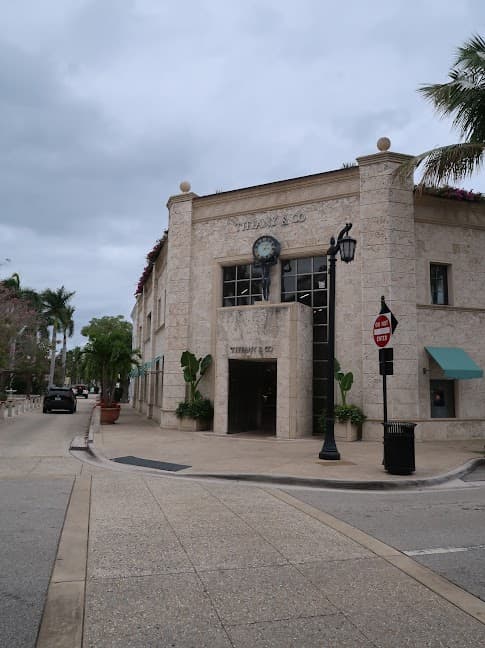
Worth Avenue is an upscale shopping and dining district in Palm Beach, Florida. The Avenue stretches four blocks from Lake Worth to the Atlantic Ocean. Worth Avenue also includes smaller, architecturally significant "vias" off the main avenue. These pedestrian areas distinguish Worth Avenue from other shopping streets.
In 1913 the street was named after General William Jenkins Worth. The first steps to become fashionable started with the construction in 1918 of the Everglades Club at the west end of a dirt road. Rising rents at the then-fashionable Beaux Arts Building on Lake Trail, north of the Biltmore Hotel, caused merchants to move south to what became Worth Avenue. The first stores were built near the Everglades Club on Via Mizner and Via Parigi, named for Worth Avenue's original developers, architect Addison Mizner and Paris Singer. The area became known for its high-quality merchandise in the 1920s. Recognizing the value of the undeveloped street, the merchants formed the Worth Avenue Association in 1938. This organization maintains guidelines for the appearance, parking, etc. of the stores and the street.
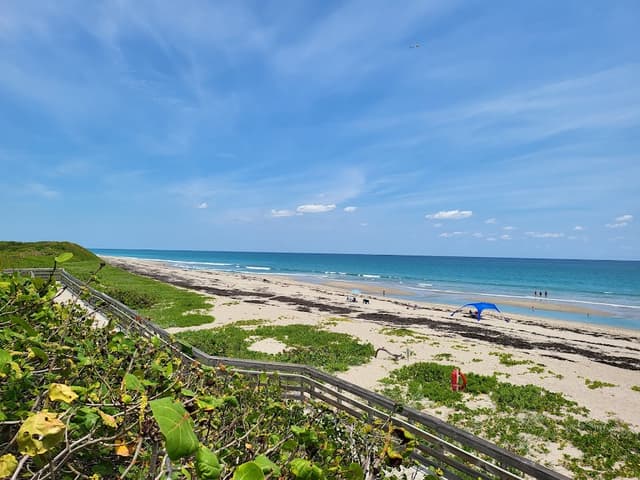

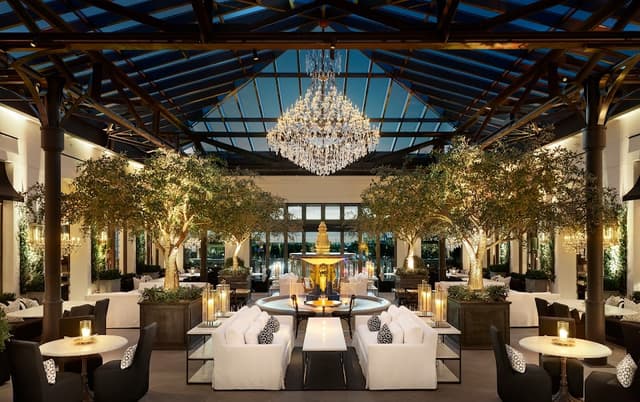








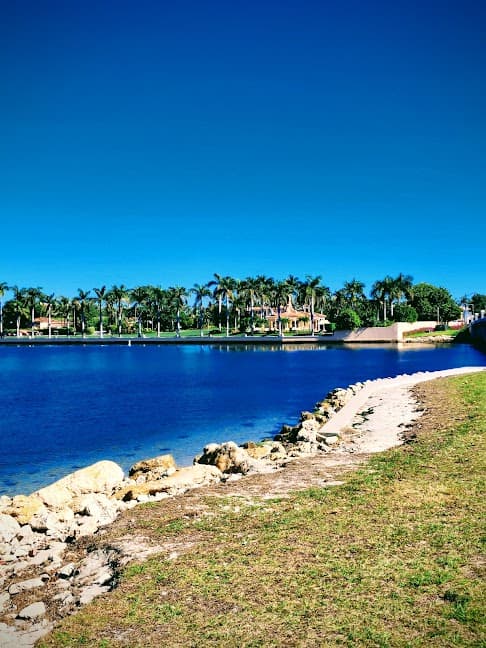
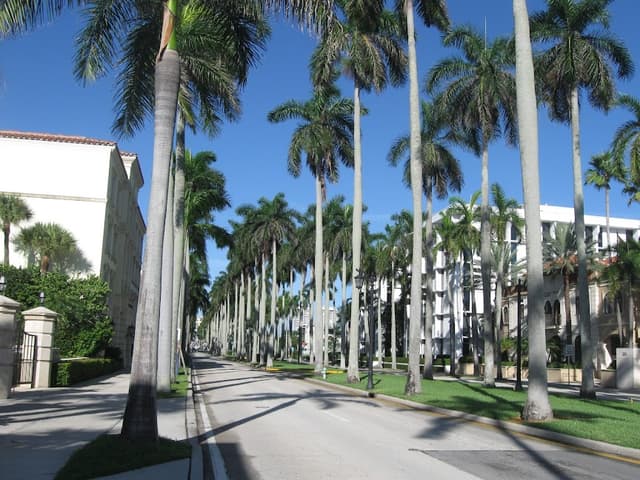
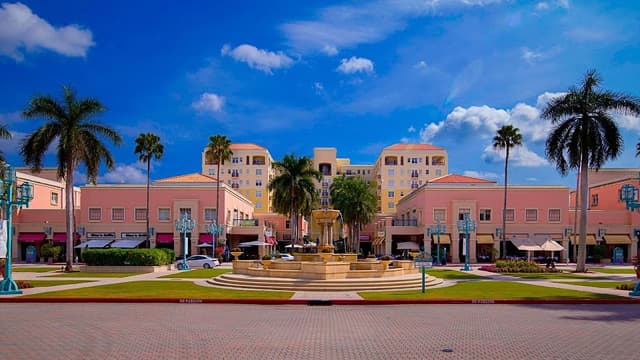

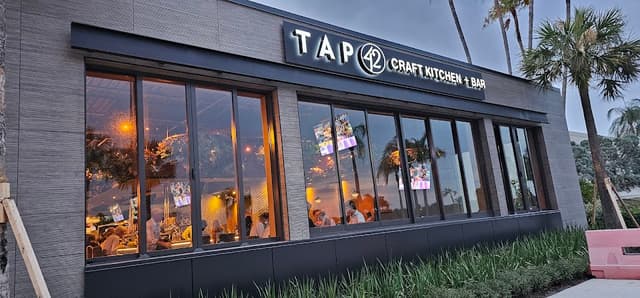

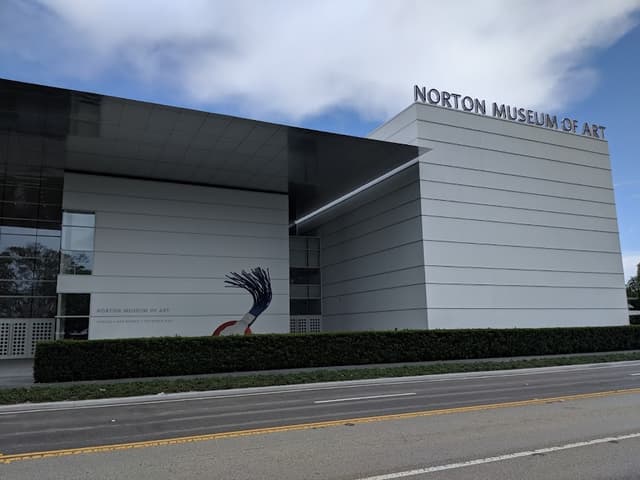
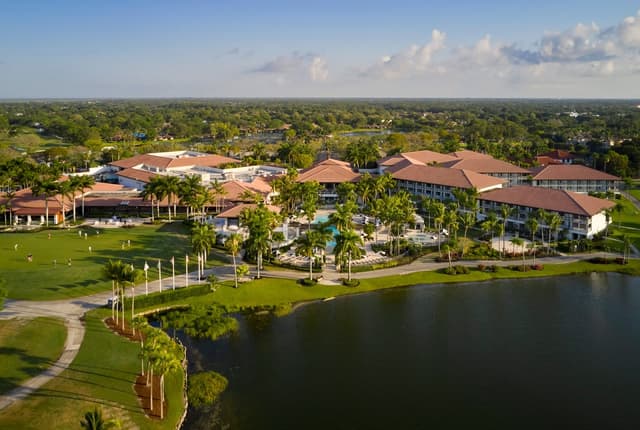
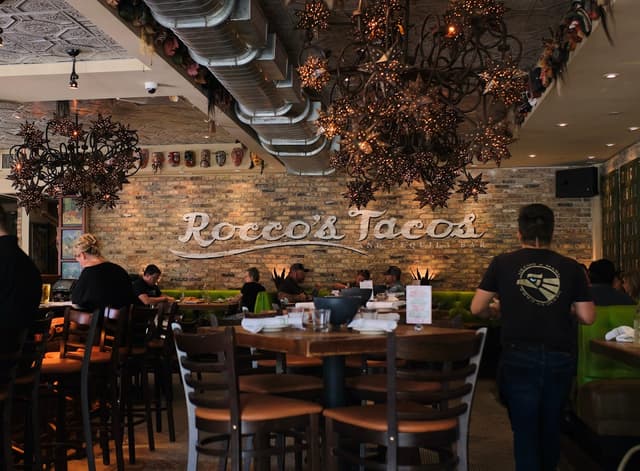
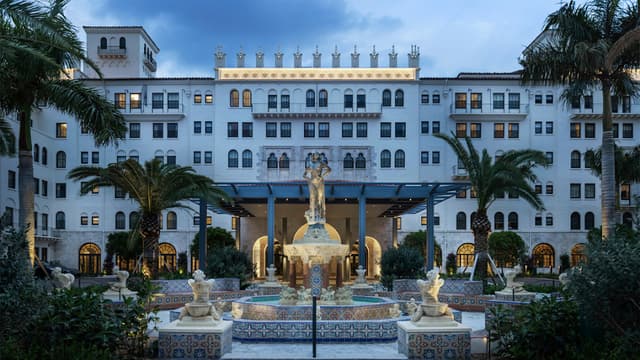
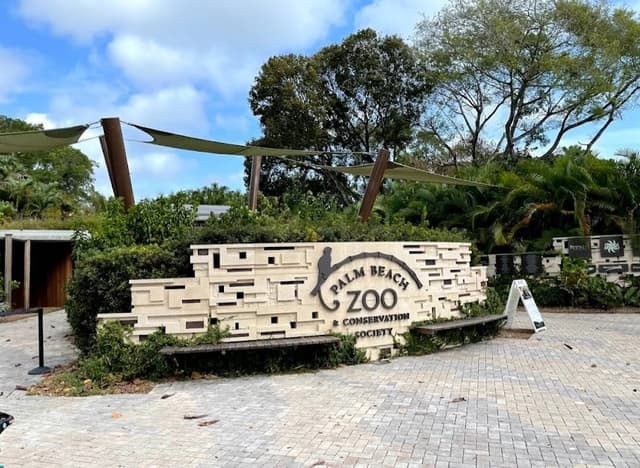


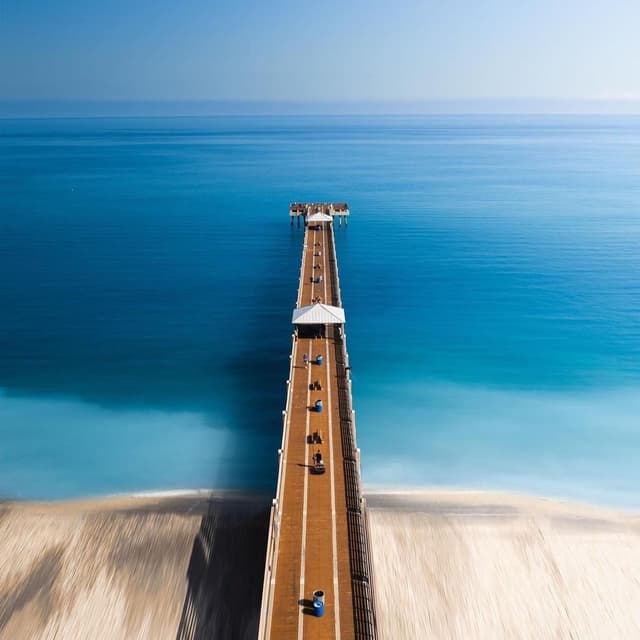




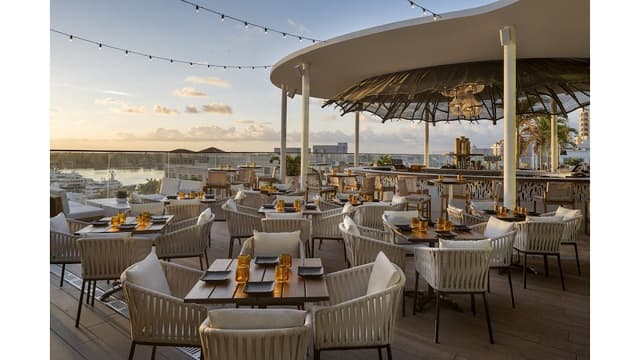
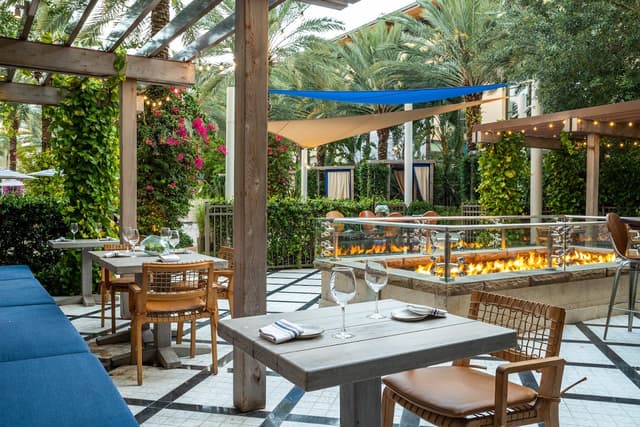



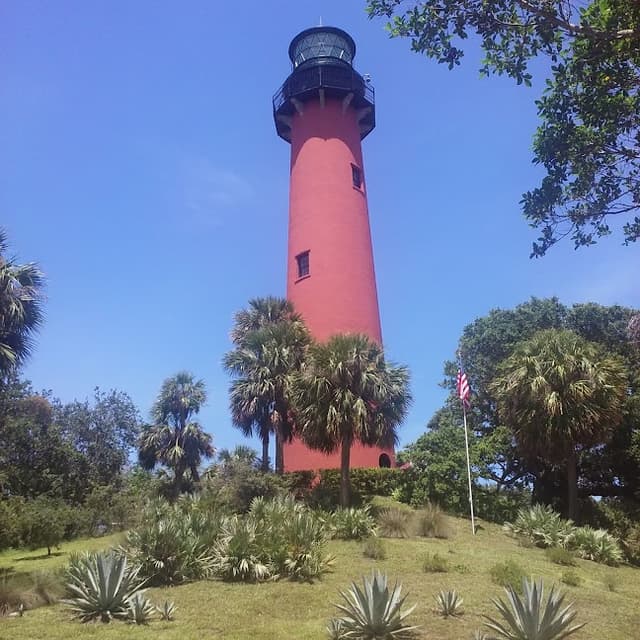
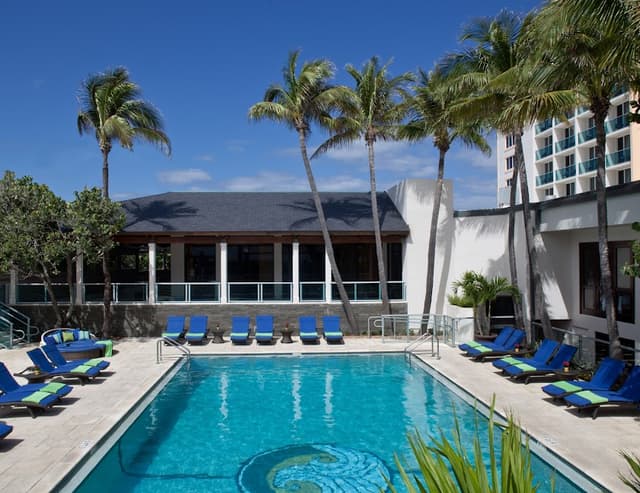
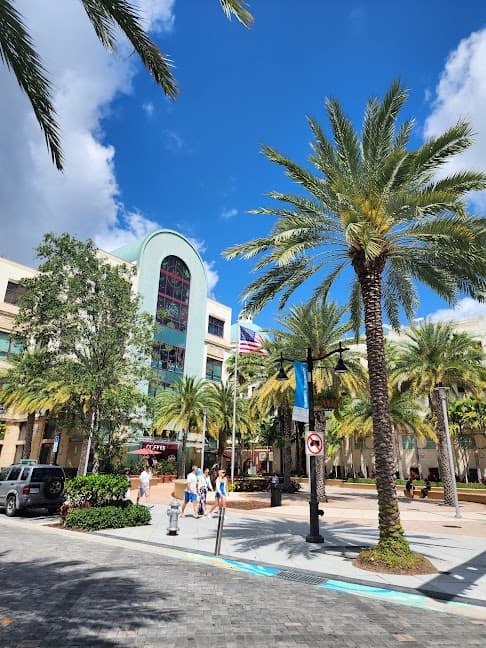
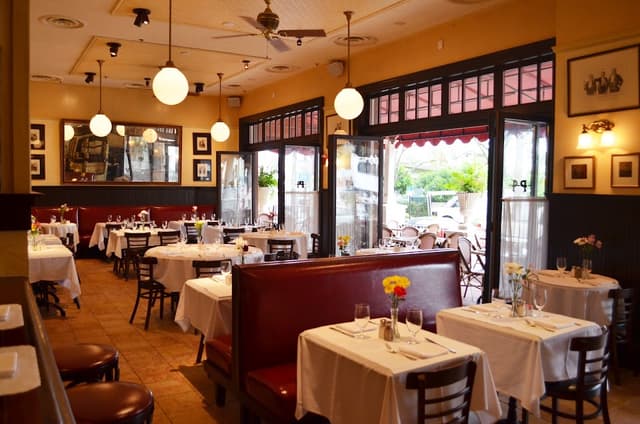
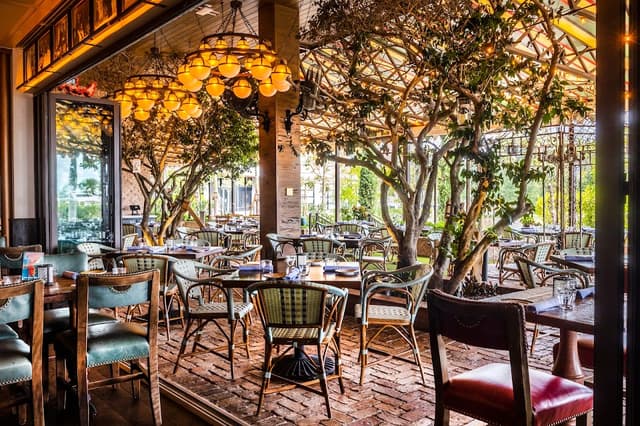
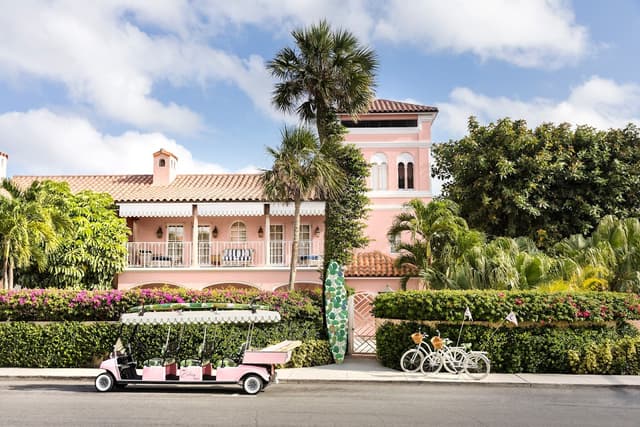
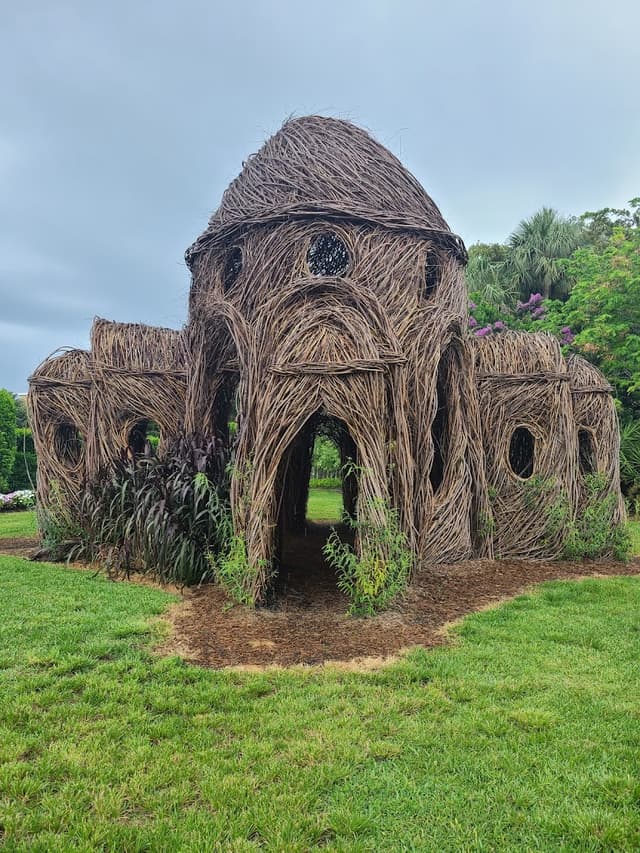
The home for unique & authentic travel